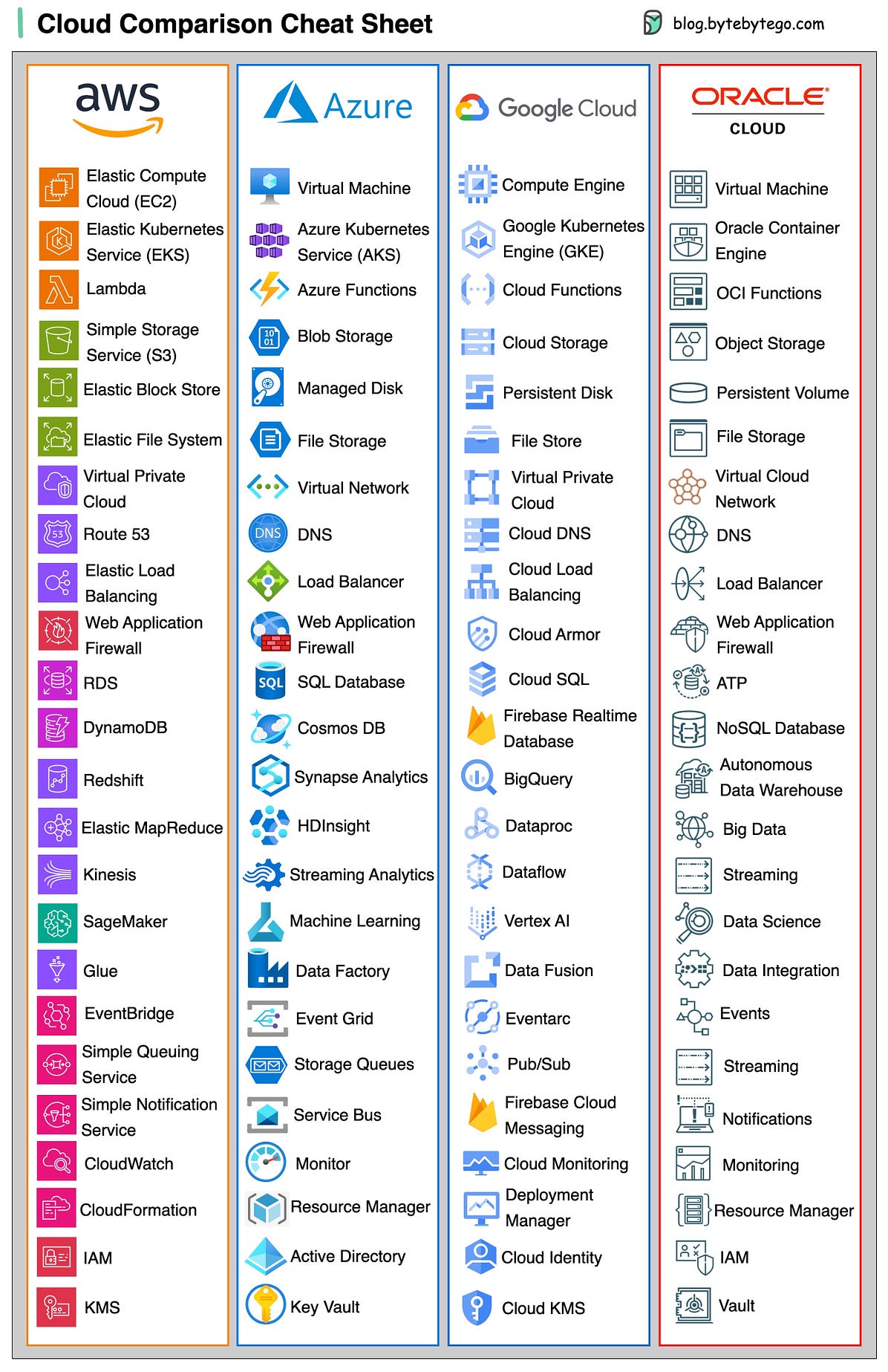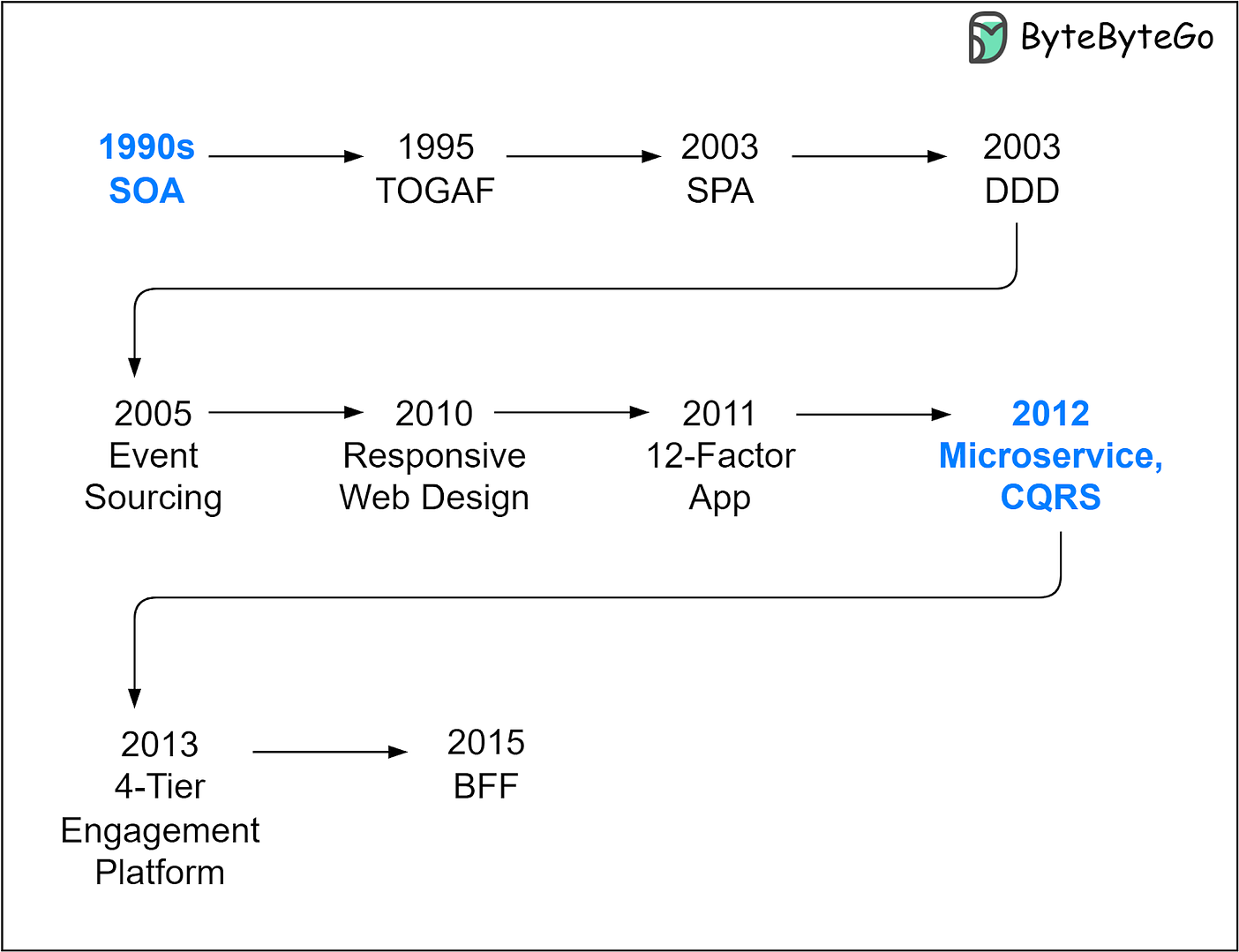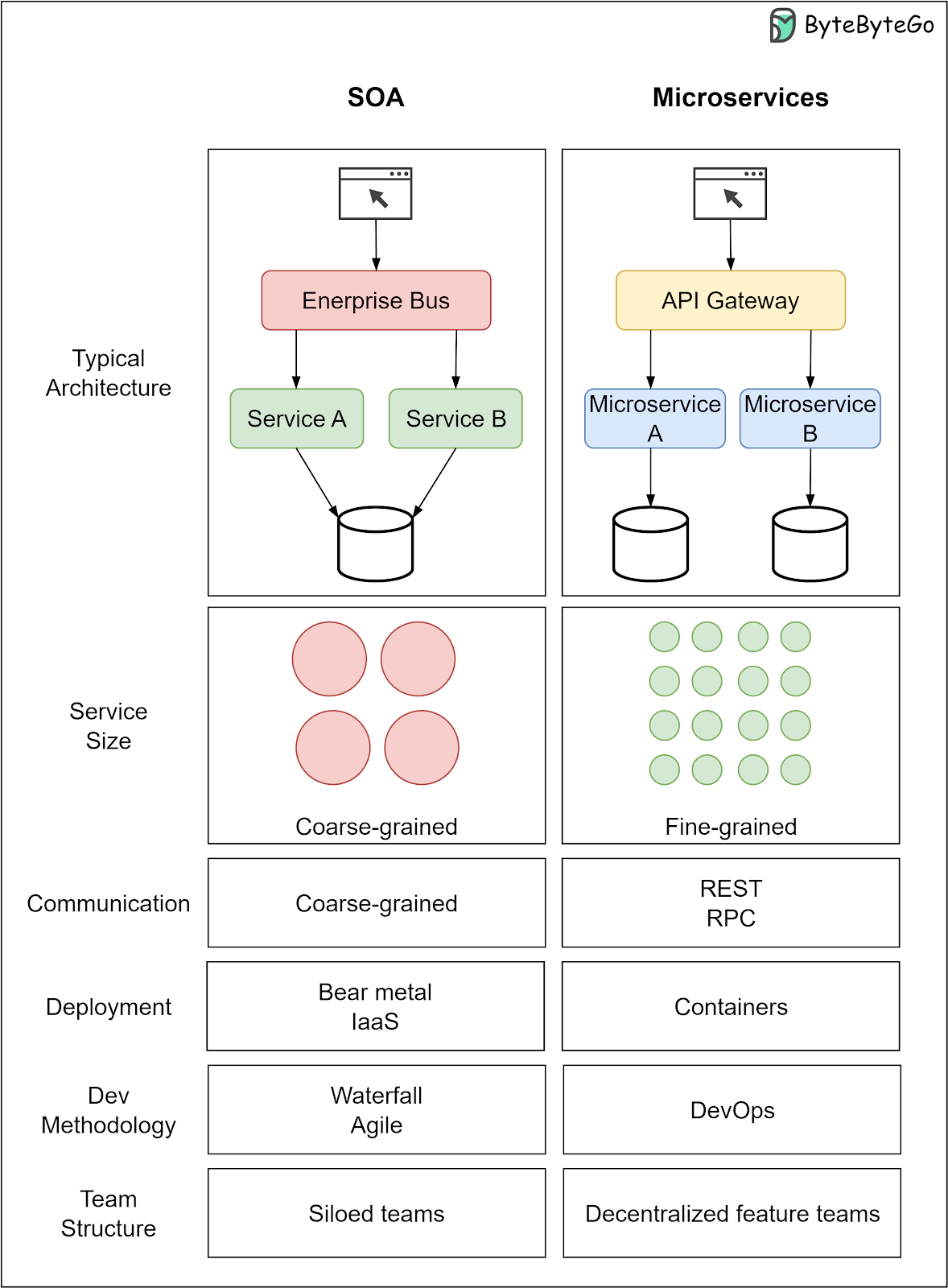- Mailing Lists
- in
- 7 Microservices Interview Questions
Archives
- By thread 5363
-
By date
- June 2021 10
- July 2021 6
- August 2021 20
- September 2021 21
- October 2021 48
- November 2021 40
- December 2021 23
- January 2022 46
- February 2022 80
- March 2022 109
- April 2022 100
- May 2022 97
- June 2022 105
- July 2022 82
- August 2022 95
- September 2022 103
- October 2022 117
- November 2022 115
- December 2022 102
- January 2023 88
- February 2023 90
- March 2023 116
- April 2023 97
- May 2023 159
- June 2023 145
- July 2023 120
- August 2023 90
- September 2023 102
- October 2023 106
- November 2023 100
- December 2023 74
- January 2024 75
- February 2024 75
- March 2024 78
- April 2024 74
- May 2024 108
- June 2024 98
- July 2024 116
- August 2024 134
- September 2024 130
- October 2024 141
- November 2024 171
- December 2024 115
- January 2025 216
- February 2025 140
- March 2025 220
- April 2025 233
- May 2025 239
- June 2025 303
- July 2025 176
A vibrant sector in manufacturing is packed with good jobs. What will it take to fill them?
School Bus Monitoring Software - Driver App that helps Driver and Attendants to Track and Monitor their work activity and School Bus
7 Microservices Interview Questions
7 Microservices Interview Questions
Latest articlesIf you’re not a subscriber, here’s what you missed this month.
To receive all the full articles and support ByteByteGo, consider subscribing: Microservices are a popular way to structure software systems today. As companies grow bigger and use more cloud computing, microservices help tackle complexity. In this issue, we review some key microservices concepts and common questions that come up in interviews:
Now let’s start with the definition of microservices. 1. What Are Microservices?We can quote from Martin Fowler and Adrian Cockcroft on key aspects of microservices. From Martin Fowler:
From Adrian Cockcroft:
Key Aspects of MicroservicesFrom the insightful definitions by Martin Fowler and Adrian Cockcroft, we can summarize these key aspects of a microservice architecture:
2. What Are the Differences Between SOA and Microservices?Service-oriented architecture (SOA) and microservices architecture styles are important milestones in software architecture's evolution. The diagram below shows the progression of key architectural styles. Service-oriented architecture emerged in the late 1990s to help manage enterprise software systems’ growing complexity. In the 2000s, SOA gained more industry attention and adoption by companies. However, SOA faced implementation complexity challenges. Then in the 2010s, microservices architecture emerged in response to SOA’s limitations. Many large internet companies started adopting microservices to break down their services into smaller components. Microservices gained momentum with cloud computing’s evolution, as containers and orchestration tools made microservices' development, deployment, and monitoring easier. Let’s compare their differences in more detail. The diagram below lists some of the differences. The SOA architectural style offers coarse-grained services, typically a centralized approach where services are grouped by business functions and shared across multiple applications. The microservice style offers fine-grained service granularity through a decentralized approach where small, independent services perform specific functions within an application context. The communication methods also evolve over time. SOA emphasizes uniform communication protocols and standardized interfaces for services to interact. Microservices lean towards diverse communication protocols and interfaces, often based on REST or message queues. Cloud computing has evolved from Infrastructure-as-a-Service (IaaS) to Platform-as-a-Service (PaaS) to container-based PaaS. So microservice-based applications deploy on containers by default. As the technical architecture changes, the organizational structure mirrors it (Conway’s law). So with microservices, the team structure requires multi-functional product teams. Each team focuses on a specific domain. Keep reading with a 7-day free trialSubscribe to ByteByteGo Newsletter to keep reading this post and get 7 days of free access to the full post archives. A subscription gets you:
© 2023 ByteByteGo |
by "ByteByteGo" <bytebytego@substack.com> - 11:39 - 14 Dec 2023


